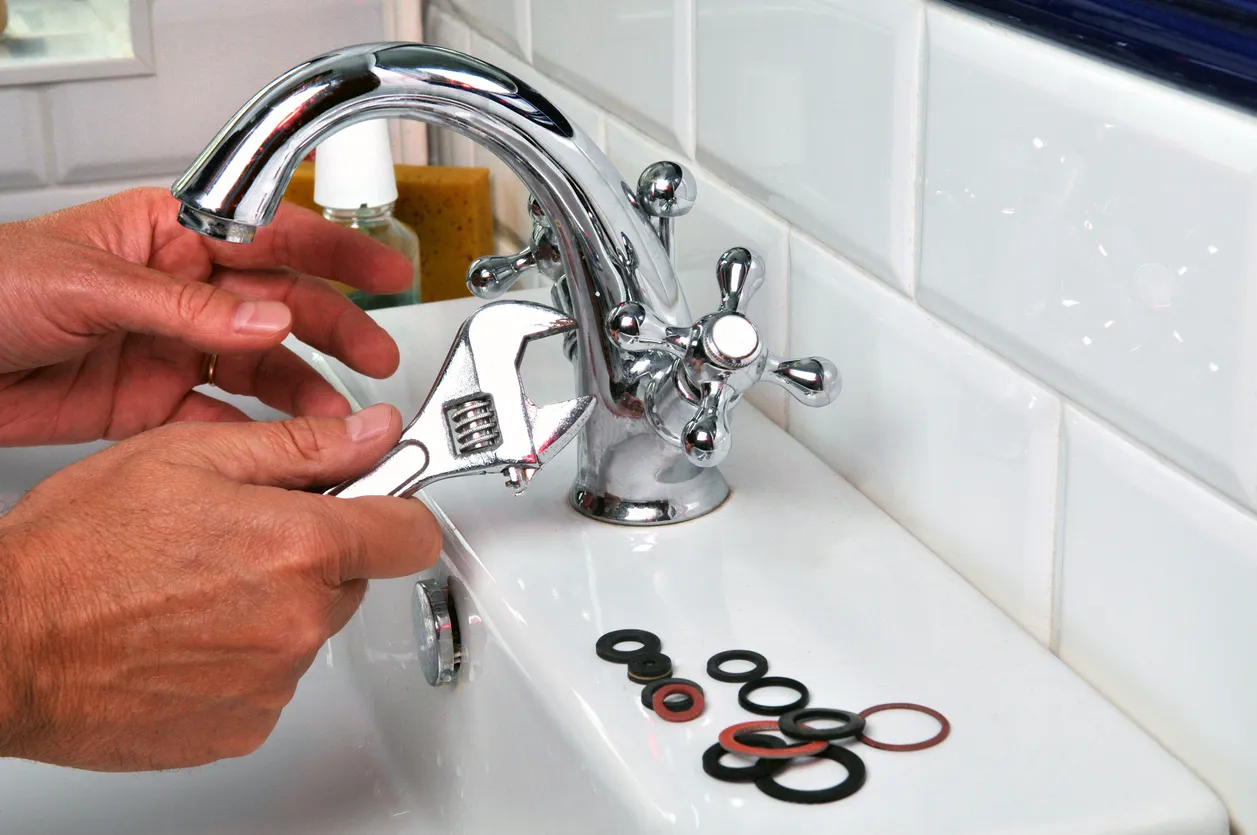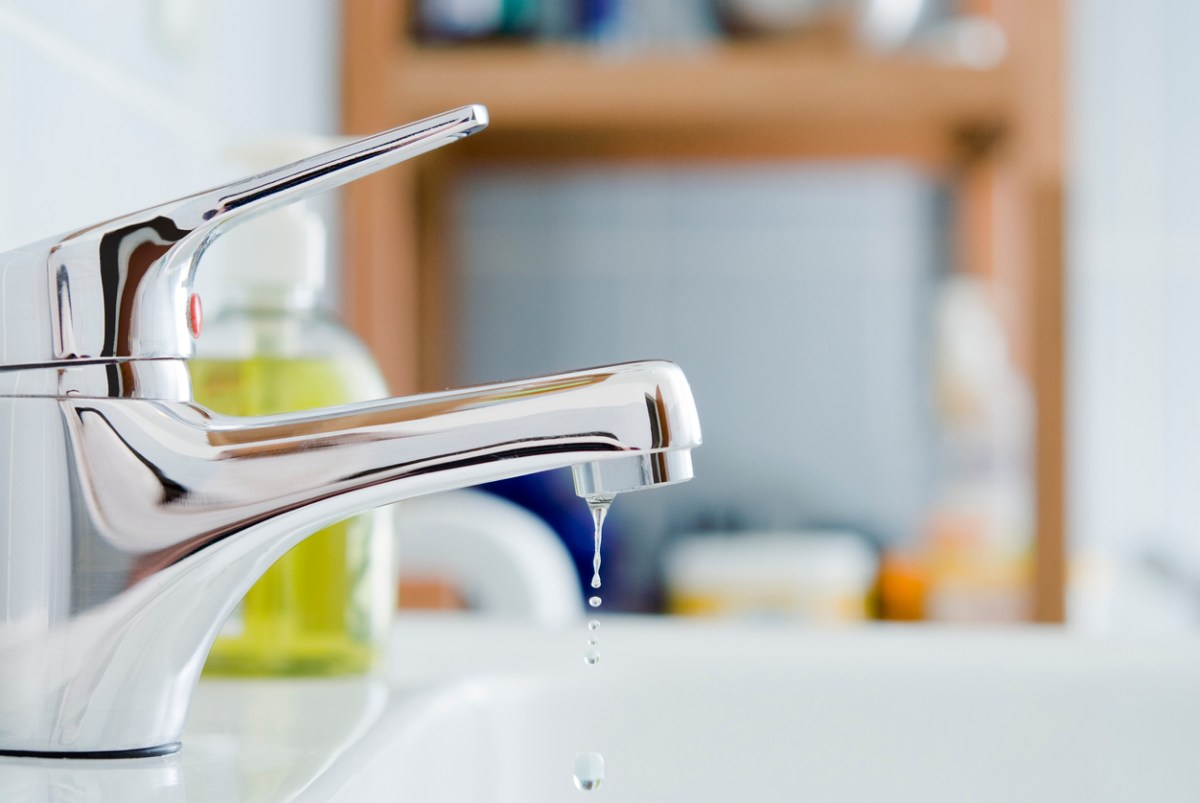When It's Important to Mend a Malfunctioning Faucet
When It's Important to Mend a Malfunctioning Faucet
Blog Article
How do you really feel when it comes to Should I Repair or Replace a Leaky Faucet??

Dripping taps could look like a small trouble, but their influence surpasses simply the annoyance of the sound. From wasting water to incurring unneeded economic expenses and wellness dangers, ignoring a leaking tap can result in numerous repercussions. In this article, we'll look into why it's vital to address this usual home concern immediately and effectively.
Waste of Water
Environmental Effect
Leaking taps contribute substantially to water wastage. According to the Environmental Protection Agency (EPA), a solitary faucet leaking at one drip per secondly can waste greater than 3,000 gallons of water per year. This not only pressures water resources however additionally affects environments and wild animals dependent on them.
Financial Expenses
Boosted Water Costs
Beyond the environmental effect, leaking taps can blow up water bills substantially. The collected waste with time equates right into higher energy expenditures, which could have been prevented with timely fixings.
Potential Building Damage
In addition, prolonged leaking can bring about damage to fixtures and surfaces bordering the tap. Water build-up can create discoloration, corrosion, and even structural issues if left ignored, leading to extra repair service prices.
Wellness Issues
Mold And Mildew and Mildew Growth
The continuous visibility of moisture from a trickling tap creates an excellent atmosphere for mold and mold growth. These fungi not just compromise interior air quality however additionally pose health and wellness threats, particularly for individuals with respiratory problems or allergic reactions.
Waterborne Conditions
Stagnant water in leaking faucets can become a breeding place for microorganisms and various other virus, increasing the risk of waterborne diseases. Pollutants such as Legionella germs flourish in stationary water, possibly leading to serious illnesses when ingested or breathed in.
Do it yourself vs. Specialist Fixing
Pros and Cons of Do It Yourself Repair
While some might try to take care of a leaking faucet themselves, DIY repairs feature their very own set of challenges. Without correct understanding and tools, do it yourself attempts can exacerbate the concern or result in insufficient repair services, prolonging the trouble.
Benefits of Working With a Professional Plumber
Working with a specialist plumber guarantees that the underlying source of the dripping tap is addressed successfully. Plumbers possess the expertise and devices to identify and fix tap issues efficiently, conserving time and reducing the threat of additional damage.
Step-by-Step Overview to Fixing a Dripping Faucet
Devices Required
Before attempting to take care of a leaking tap, gather the needed tools, including an adjustable wrench, screwdrivers, replacement components (such as washing machines or cartridges), and plumber's tape.
Typical Faucet Issues and Their Solutions
Identify the type of tap and the certain problem triggering the drip. Usual issues consist of damaged washers, rusty shutoff seats, or defective O-rings. Refer to supplier directions or online tutorials for detailed guidance on repair work.
Safety nets
Regular Maintenance Tips
To prevent dripping faucets, carry out regular upkeep such as cleansing aerators, inspecting for leakages, and replacing worn-out parts immediately. Additionally, think about mounting water-saving devices or upgrading to a lot more efficient fixtures.
Value of Prompt Services
Dealing with leaking taps as quickly as they're noticed avoids additional water waste and prospective damage, ultimately saving both water and money in the long run.
Impact on Building Worth
Assumption of Well-Maintained Property
Maintaining a home in good condition, including addressing maintenance problems like dripping taps, enhances its regarded value and charm amongst potential purchasers or lessees.
Influence on Resale Value
Properties with well-kept plumbing components, consisting of faucets, command higher resale worths in the realty market. Addressing trickling faucets can add to a positive impact during building assessments and arrangements.
Environmental Obligation
Specific Payment to Conservation
Taking obligation for dealing with dripping faucets lines up with more comprehensive initiatives toward water conservation and environmental sustainability. Every individual's actions jointly make a significant effect on protecting valuable sources.
Lasting Living Practices
By focusing on timely repair services and taking on water-saving routines, people contribute to sustainable living methods that benefit both present and future generations.
Final thought
Dealing with a dripping faucet surpasses simple ease; it's a necessary step towards conserving water, minimizing financial expenses, and securing health and home. Whether with DIY repairs or specialist support, acting to deal with trickling taps is a little yet impactful way to promote liable stewardship of resources and add to a healthier, much more lasting future.
Most Common Reasons for a Leaky Faucet and How to Stop the Drip
Whether it’s your kitchen faucet leaking or a bathroom faucet leaking, one leaky faucet can waste anywhere from three to 30 gallons of water every single day. If the constant drip-drip-drip doesn’t get your attention, your water bill will. The good news is that, by following a few simple steps, chances are pretty good you can fix the problem yourself.
Why is it dripping?
Before you start taking things apart, let’s break down some of the most common causes of a leaky faucet.
Bad O-ring.
A cartridge is a valve that controls the flow of water into the faucet spout. On cartridge faucets there’s an O-ring—the little disc attached to the stem screw that holds the faucet handle in place. If it’s loose or worn-out, it can cause your sink handle to leak. Of course, the cartridge itself could be worn out. If that’s the case, make sure you replace it with the exact same kind.
Corroded valve seat.
The valve seat connects the faucet and the spout. If the leak seems to be coming from the spout, it might be because a buildup of water sediment has corroded the valve seat.
Worn-out washers or seals.
A leaky spout could be caused by a bad washer that rests against the valve seat. It’s just a matter of time before friction takes its toll. It could also be the wrong size washer or one that’s been installed incorrectly. Water sediments can also corrode inlet and outlet seals.
Water pressure.
If the faucet only drips now and then, or when you turn the handles a certain way, you should probably check your home’s water pressure.
Loose or broken parts.
The adjusting ring and packing nuts in the stream screw can become loose over time, causing your sink handle to leak. Try tightening or replacing the packing nut. If the leak is coming from the pipes underneath the sink, you probably have a broken pipe or fitting. If that’s the case, you should definitely call a plumber.
Know your faucet.
Faucets come in a variety of types. Each one has its own assembly—and its own possible causes of leaks. Learning about the four most common kinds of faucets will help you know how to take them apart and make any repairs.
How to stop a leaky faucet
Fixing that leaky faucet doesn’t have to take a lot of time, money, or expertise. It’s usually a simple matter of replacing a worn-out washer or gasket, a loose O ring, or another part. Chances are really good you can do this yourself if you follow these simple steps.
Shut off the water.
Before you tackle the faucet, cut off the water supply to the sink. There should be one valve for hot and one for cold. Hand-turn them clockwise with your hands till they close. If there are no valves under the sink, head to the basement and shut off the main water supply to the house. Then turn on the faucet until it empties out the water that’s still in the line and you’re ready to start. It’s a good idea to cover the sink drain with a plug or a rag so you don’t lose any small pieces and parts while you’re working.

I hope you enjoyed our topic on 4 Common Reasons for a Leaky Faucet. Many thanks for taking time to browse our posting. Liked our write-up? Please quickly share it. Help others check it out. I value your readership.
Report this page